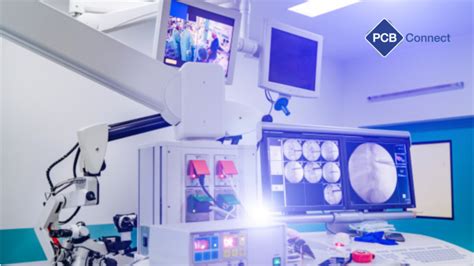
RF & Microwave Blog
-
The Impact of COVID 19 on Medical PCB Industries
Posted by
–
 Read more: The Impact of COVID 19 on Medical PCB Industries
Read more: The Impact of COVID 19 on Medical PCB IndustriesDisruptions to Medical PCB Supply Chains One of the most immediate impacts of the COVID-19 outbreak was the disruption to global supply chains for medical PCBs and components. Many PCB manufacturers rely on raw materials, components, and even partially assembled boards from China and other countries hit hard in the […]
-
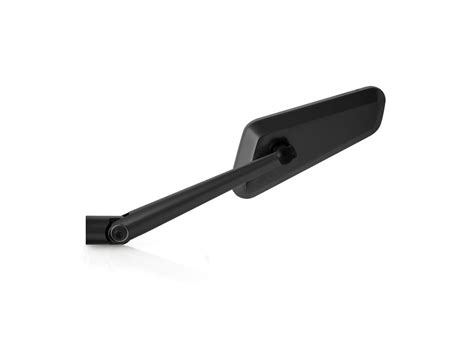 Read more: Wing tiger 2005 electric rearview mirror circuit diagram
Read more: Wing tiger 2005 electric rearview mirror circuit diagramIntroduction to the Rearview Mirror Circuit The electric rearview mirror is an important safety and convenience feature in modern vehicles like the 2005 Wing Tiger. The rearview mirror allows the driver to see what is behind the vehicle without having to turn around. In the Wing Tiger, the rearview mirror […]
-
How to export Diptrace PCB to Gerber files
Posted by
–
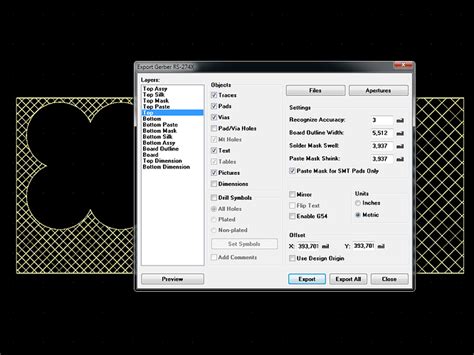 Read more: How to export Diptrace PCB to Gerber files
Read more: How to export Diptrace PCB to Gerber filesIntroduction to Diptrace and Gerber Files Diptrace is a popular printed circuit board (PCB) design software used by engineers and hobbyists to create circuit boards for electronic projects. One of the key features of Diptrace is its ability to export the PCB design to industry-standard Gerber files, which are used […]
-
Signal integrity and characteristic impedance
Posted by
–
 Read more: Signal integrity and characteristic impedance
Read more: Signal integrity and characteristic impedanceWhat is Signal Integrity? Signal integrity refers to the ability of an electronic system to maintain the quality and fidelity of signals as they propagate through interconnects, such as traces on a printed circuit board (PCB) or cables. It encompasses various aspects, including signal distortion, crosstalk, reflections, and noise. The […]
-
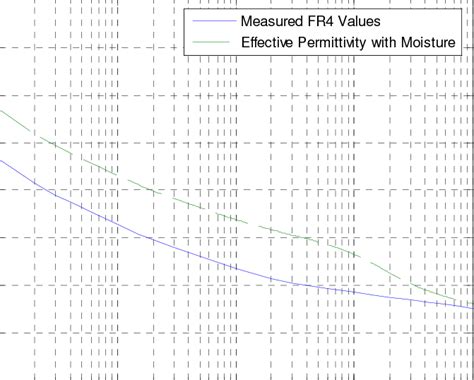 Read more: What Is The Difference Between FR 4 Material And Rogers Material
Read more: What Is The Difference Between FR 4 Material And Rogers MaterialWhat is FR-4 Material? FR-4 (Flame Retardant 4) is a glass-reinforced epoxy laminate material widely used in the manufacturing of PCBs. It is a composite material consisting of woven fiberglass cloth impregnated with an epoxy resin binder. FR-4 is known for its excellent mechanical and electrical properties, making it a […]
-
When should I choose 2 layer PCB or 4 layer PCB
Posted by
–
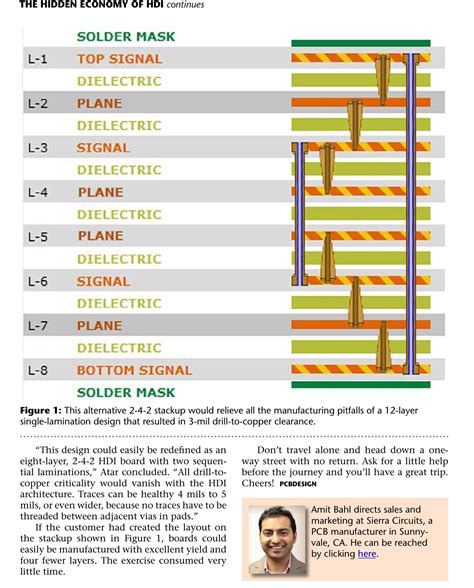 Read more: When should I choose 2 layer PCB or 4 layer PCB
Read more: When should I choose 2 layer PCB or 4 layer PCBUnderstanding PCB Layers and Their Significance Printed Circuit Boards (PCBs) are essential components in modern electronics, providing a platform for mounting and interconnecting electronic components. When designing a PCB, one crucial decision is determining the number of layers required for the board. The most common options are 2 layer PCBs […]
-
Why is controlled impedance so important
Posted by
–
 Read more: Why is controlled impedance so important
Read more: Why is controlled impedance so importantUnderstanding Controlled impedance Controlled impedance is a critical concept in the world of electrical engineering and Signal Integrity. It refers to the precise management of the impedance values in transmission lines, printed circuit boards (PCBs), and interconnects to ensure proper signal propagation and minimize unwanted reflections. In today’s high-speed digital […]
-
Plated through hole PTH in PCB fabrication
Posted by
–
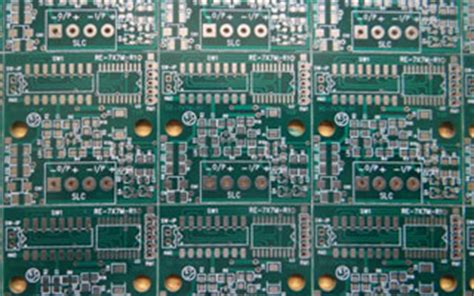 Read more: Plated through hole PTH in PCB fabrication
Read more: Plated through hole PTH in PCB fabricationIntroduction to PTH in PCB Manufacturing Plated through hole (PTH) is a critical process in the fabrication of printed circuit boards (PCBs). It involves creating a conductive pathway between the layers of a multi-layer PCB by drilling holes through the board and plating them with a conductive material, typically copper. […]
-
Dry Film Imaging of PCB
Posted by
–
 Read more: Dry Film Imaging of PCB
Read more: Dry Film Imaging of PCBIntroduction to PCB Imaging Printed Circuit Board (PCB) imaging is a crucial step in the manufacturing process of electronic devices. It involves transferring the desired circuit pattern onto the PCB substrate, which is typically made of copper-clad laminate. There are several methods for PCB imaging, including screen printing, inkjet printing, […]
-
Arduino UNO ISP Shield Updated PCB
Posted by
–
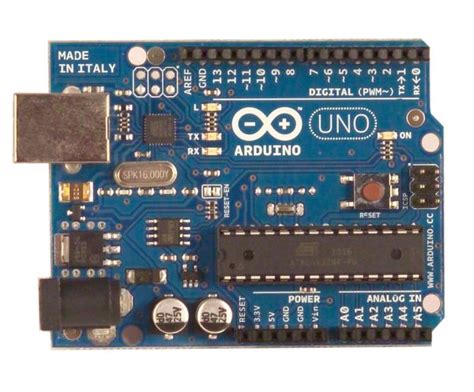 Read more: Arduino UNO ISP Shield Updated PCB
Read more: Arduino UNO ISP Shield Updated PCBIntroduction to Arduino UNO and ISP Shield Arduino UNO is a popular microcontroller board based on the ATmega328P chip. It has 14 digital input/output pins, 6 analog inputs, a 16 MHz ceramic resonator, a USB connection, a power jack, an ICSP header, and a reset button. The Arduino UNO is […]
Recent Posts
- How to Select Material for Your PCBs from Cost and Reliability Considerations
- Problems of EMC Technology Application in PCB Design of Electronic Devices and the Strategies
- Fabrication Technology on Flex-Rigid PCB Window
- Problems of High-Frequency and High-Speed Multilayer PCB Fabrication and Their Solutions
- Key Difficulties and Tips for Backplane PCB Fabrication